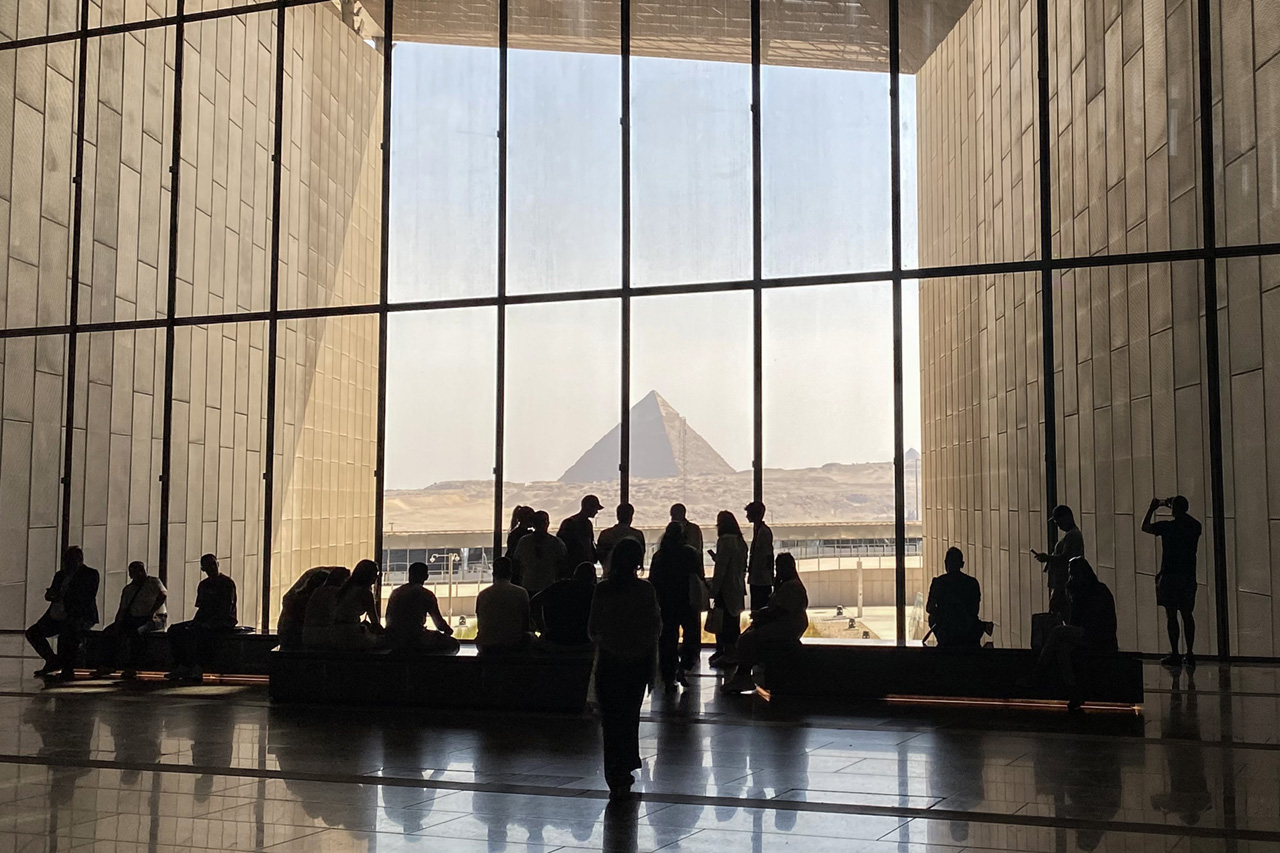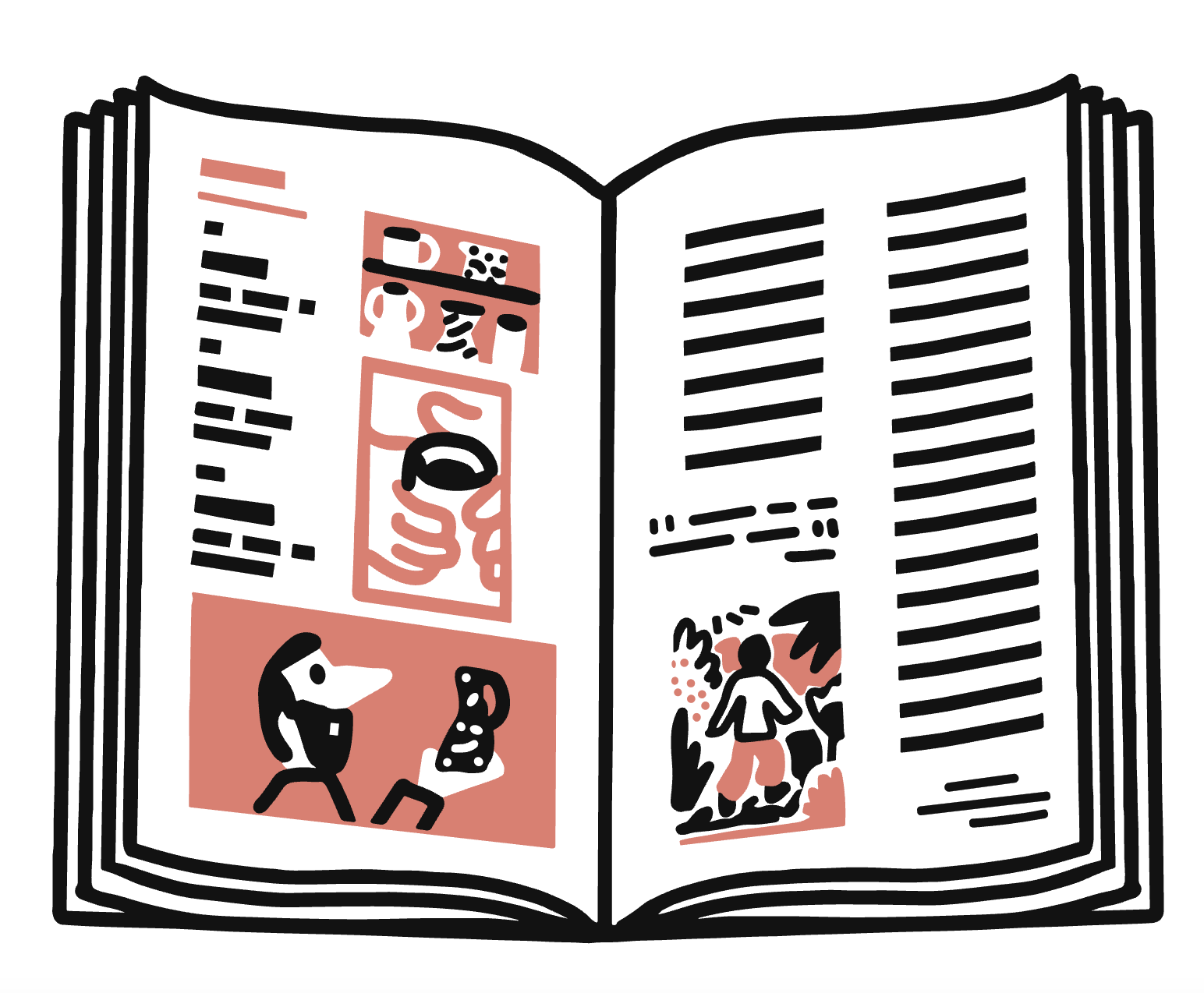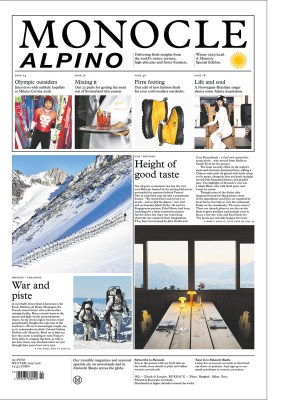Museums should ask questions. But does Cairo’s new Grand Egyptian project provoke too many?
There are few cultural projects that have so perfectly captured both a nation’s ambition and its inertia as the Grand Egyptian Museum (GEM). Two decades in the making, more than $1bn (€870m) spent and several false starts later, the colossal complex at Giza has finally opened its doors, a stone’s throw from the pyramids and the Cairo ring road. The story, like the building, is monumental. Yet, as the first visitors wander through its marble-bright atriums and past the 3,200-year-old Ramses II statue, it’s worth asking: what does Egypt really want this museum to say?
From its conception in the early 1990s, the GEM was always about more than archaeology. It was a gesture of modern nationhood, Egypt announcing itself as a cultural superpower with institutions capable of rivalling the Louvre, the British Museum or the Smithsonian. But the museum’s journey tells a more complicated story. Construction began in 2005, stalled after the Arab Spring, was revived with loans from Japan, then delayed again by the coronavirus pandemic. In many ways, the museum became a metaphor for modern Egypt: heavy with history, halted by politics and ultimately propelled forward by the stubborn belief that grandeur can substitute for good governance.

Designed by Dublin-based Heneghan Peng Architects, the building is suitably theatrical. Its vast triangular façade of alabaster and glass tilts toward the pyramids in a silent architectural dialogue with the ancient world. Inside, a grand staircase ascends through a procession of statues, sarcophagi and stelae. There is a sense of awe leading up to the full Tutankhamun collection (shown together for the first time). Though breathtaking, it also feels carefully stage-managed. Is this a museum or a national theatre?
The guest list for the grand opening this weekend underscored this point. Egypt invited presidents, kings and crown princes from Europe and the Arab world. There were red carpets, drone shows and speeches about civilisation’s cradle reawakening. The message was not subtle: Egypt is back on the global stage. Yet such pageantry hints at a quiet insecurity. After all, Cairo’s other great museum, the dusty, beloved Tahrir building, told its story without ceremony or LED screens. This new iteration feels like it’s trying to prove something.
Beyond the symbolism, the GEM forms part of a vast redevelopment of the Giza plateau with new roads, hotels, a planned airport and even manicured parks where there were once chaotic streets. Tourism accounts for about 12 per cent of Egypt’s GDP and the government hopes that the museum will boost arrivals by up to 20 per cent. It’s a tall order in a global economy that’s wobbling, with Egypt grappling with debt, inflation and youth unemployment. But the museum offers a different kind of investment: narrative. It allows Cairo to reframe the conversation from crisis to civilisation, from IMF loans to the legacy of the pharaohs. Indeed, who is this museum for? The ticket prices will certainly deter many Egyptians and the scale of the site feels designed for international tour groups rather than locals on an afternoon outing. This is spectacle as soft power.
In a country where history is counted in millennia, the opening of a new museum should perhaps be taken with a pinch of desert salt. The GEM is an extraordinary achievement, yes, but it’s also a reminder that modern Egypt is still negotiating its relationship with the recent past. Whether it becomes a living cultural institution or another monument to ambition will depend on what happens when the world’s cameras leave and the red carpets are rolled away. Until then, Egypt’s newest wonder will have to wait to see if the 20-year process was worth it.
Inzamam Rashid is Monocle’s Gulf correspondent. For more opinion, analysis and insight, subscribe to Monocle today. Further reading? We caught up with Shirin Frangoul-Brückner, the CEO of Stuttgart-based design studio Atelier Brückner, who designed the galleries, Grand Staircase and atrium for the Grand Egyptian Museum. Read our conversation here.


